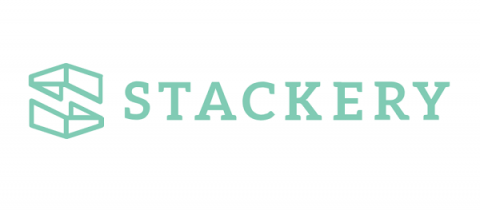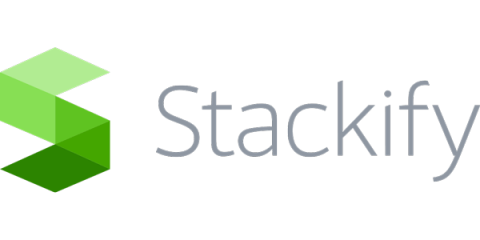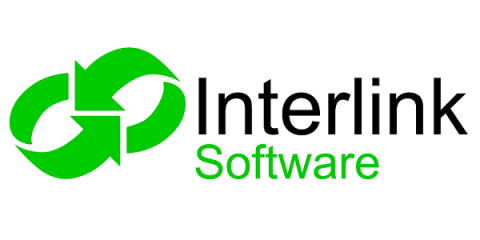Operations | Monitoring | ITSM | DevOps | Cloud
Latest News
Image scanning for CircleCI
In this blog post, we are going to cover how to perform container image scanning for CircleCI using Sysdig Secure. Image scanning allows DevOps teams to detect and resolve issues, like known vulnerabilities and incorrect configurations, directly in their CI/CD pipelines. Using Sysdig Secure, you can enforce image policies to block vulnerabilities before they reach production environments and fix them faster while the developer still has the context.
Improving Kubernetes Clusters' Efficiency with Log Management
Log management plays an important role in helping to debug Kubernetes clusters, improve their efficiency, and monitor them for any suspicious activity. Kubernetes is an open-source cluster management software designed for the deployment, scaling, and operations of containerized applications.
Serverless is more than AWS Lambda
Too often serverless is equated with just AWS Lambda. Yes, it’s true: Amazon Web Services (AWS) helped to pioneer what is commonly referred to as serverless today with AWS Lambda, which was first announced back in 2015. But in 2020, it’s important for enterprises to understand that the serverless landscape is much bigger with more opportunities. Serverless is sometimes (narrowly) defined as just being about functions-as-a-service, but that’s a very limited viewpoint.
Mission-critical Hybrid Capacity Management - It's Time
When mission-critical applications were all implemented within your data center, capacity management seemed easy – Most organizations deployed infrastructure sets (compute, network, and storage) to meet their 95 to 99% capacity requirement. For a retailer, that might mean planning around a “Black Friday” date (Cyber-Monday wasn’t around then). For a bank or a manufacturer using ERP or financial systems, this might instead be the end of year close.
Software Trends for 2020: Continuous Delivery
“Software is eating the world” is no longer a hopeful vision. It’s happening. It’s here. Software is driving the world’s most important technological trends, and 2020 will prove to be an inflection point for several of them. Underlying the rapid pace of software transformation is another trend that has become immensely popular in itself. The rise of continuous delivery has enabled software companies to turn their ideas into reality faster than ever before.
Bosch Rexroth adopts Ubuntu Core and snaps for app-based ctrlX AUTOMATION platform
19th February 2020 – Canonical today announced that Bosch Rexroth has selected Ubuntu Core for their app-based platform ctrlX AUTOMATION. ctrlX AUTOMATION leverages Ubuntu Core, designed for embedded devices, and snaps, the universal Linux application containers, to deliver an open source platform to remove the barriers between machine control, IT and OT.
What drives us at Interlink Software?
In 1-minute (and 8 seconds) flat our new promo video “Your digital enterprise needs AIOps” answers this very question. In 1-minute (and 8 seconds) flat our new promo video “Your digital enterprise needs AIOps” answers this very question.
Citrix and Rancher Integration: Cloud-Native Stack on Kubernetes
Kubernetes and containers are changing how applications are built, deployed and managed. Rancher makes application deployment simple and easily portable regardless of location or infrastructure. At Citrix, we operate on the same core principle. We provide application delivery and load balancing solutions for a high-quality user experience, to any device, across any network, for your web, traditional and cloud-native applications regardless of where they are hosted.
The Lifecycle of a Service
Services are the backbone of our systems. Whether they’re functional microservices or logical components of a traditional application, they are the pieces that make up our businesses. We can’t do the computer thing without services. But who’s responsible for owning a service in your company or organization? The cast of characters involved in the lifecycle of a service is more than just software engineers.











